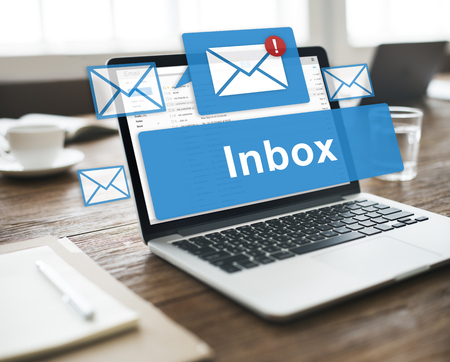A guest post by Edith Harbaugh that offers a number of practical tips and suggestions for managing email conversations with customers.
Managing Email Conversations With Customers
 Focus on Value Not Volume
Focus on Value Not Volume
The most important rule with customer email is to do your best to make sure each email message is appreciated and valued. Rather than focus on “I need to send out large volumes of emails daily”, think “what would my users appreciate hearing about, and how often?”
- Done properly: your customers will see an email as a great convenience: “Wow, I didn’t know you would let me know about this!”
- Done poorly: you will send emails that will get tagged as “junk”. Once enough people tag you as “junk”, all emails from your company are suspect and you can get blacklisted. Emails like password updates, customer service, and other important emails won’t get through to new or current users.
The latter is an unpleasant place to be. Start off small, see what the response is, iterate. Quality is better than quantity. Once you’ve sent out too many emails, you’ve gone over the abyss into blacklist, and it’s hard to get back.
Don’t Send From No-Reply@XYZ.com
Always monitor the “from” address of your auto-emails. A no-reply address is a huge mistake that keeps you from getting closer to your customers. I’ve been surprised by how many people hit “reply” to auto-emails, and I like reading their thoughts.
Of course, make it really, really easy for people to unsubscribe.
Optimal Frequency of Emails: It Depends
This is a big “it depends”, with no one right answer. Keep in mind your end goal: getting people to come to your website. However many emails gets you the response you want is the right answer for you. GroupOn and DailyBurn, for example, do very well with daily emails.
Maximize the signal to noise for your users so they keep subscribed to your emails, and keep clicking on them to come back to your website. Just because you can send a notification for everything doesn’t mean you should.
For example: if you have used a bug tracking system that sends an email for every new bug that’s logged or every status change you know how quickly these emails become noise. The risk is that important bugs can get ignored easily.
The same pattern can happen with overly “chatty” email notification system: people stop paying attention. Check your open rates to see if your email is going unopened and monitor the trend.
Consider three or four tiers of frequency and importance: for example daily, weekly, monthly, and important (but only a few times a year). Let people select how often they would like to hear from you but distinguish between informational emails, recap or summary updates, and important messages that may require action.

Pingback: SKMurphy, Inc. Edith Harbaugh: It's Your Execution Not Your Idea
Pingback: SKMurphy, Inc. Founder Story: Edith Harbaugh of LaunchDarkly
Pingback: SKMurphy, Inc. Please Take Me Off Of Your E-Mail Distribution List - SKMurphy, Inc.
Pingback: SKMurphy, Inc. E-Mail Overload - SKMurphy, Inc.